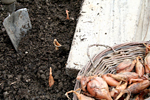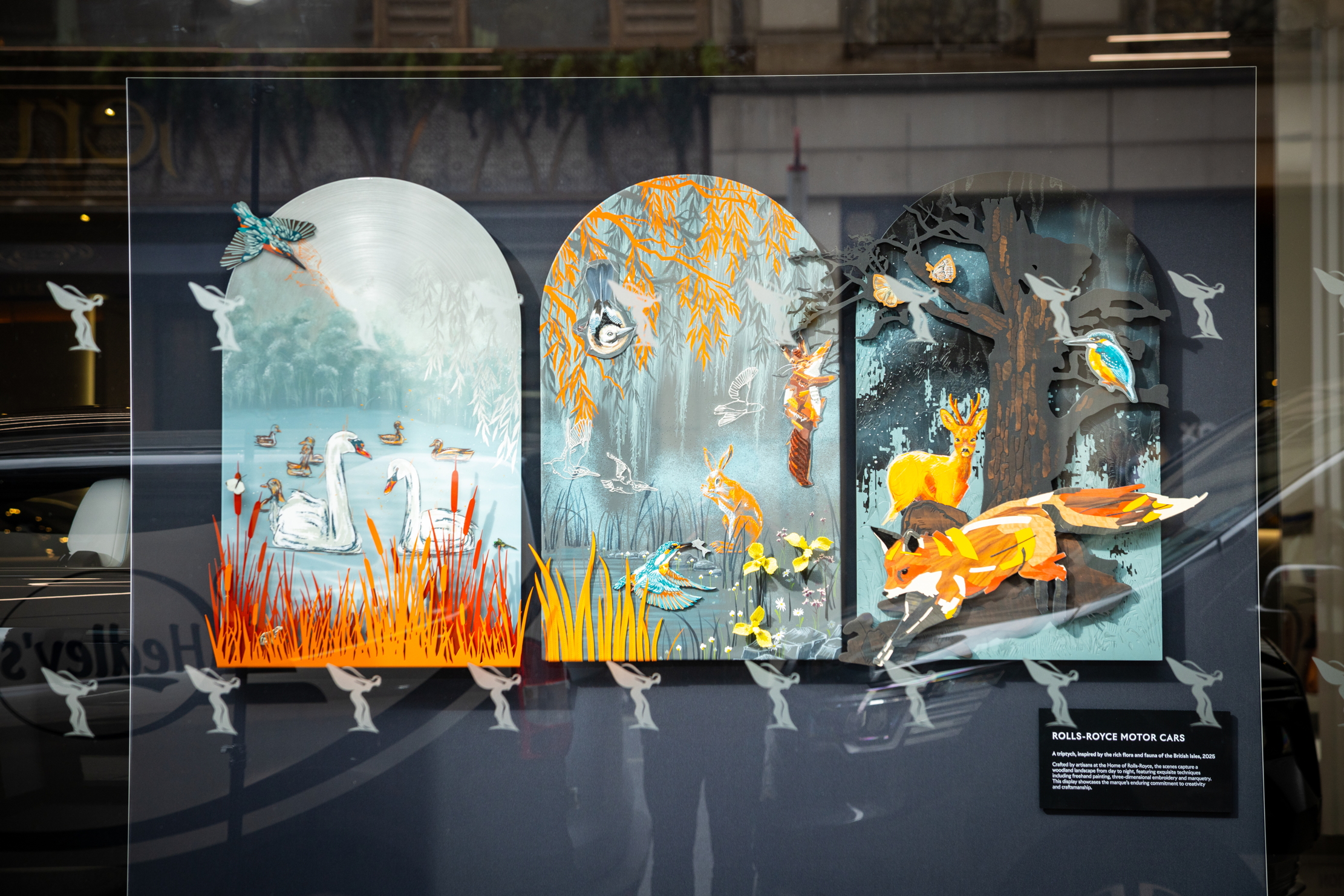What to do in the garden this week July 21
Harvest your shallots this week by lifting them gently with a fork


Giant fennel, Ferula communis, is not only a first-class herbaceous perennial, it is an event. In full flower, the specimen here in the Oxford University Parks is capable of stopping even the most iPoddedly introvert joggers dead in their tracks.
For much of the year, it makes a glimmering fog, 5ft high and 6ft across, of deep-green foliage divided into thousands of filaments. After rain or in the dew, these become slivers of rainbow. As summer arrives, the plant's cocktail of resins and oils makes its presence felt, lacing the air with an odour somewhere between aniseed and rue. Soon afterwards, the inflorescence emerges, as thick as a forearm and soaring 8ft-12ft tall. Each of its spreading branches is crowned with a spherical umbel.
These, in turn, are composed of smaller umbels, set on spoke-like stalks, and capped with yellow flowers. From a distance, the glorious ensemble resembles a gilded tower of peculiarly delicate construction and crazy ambition. The RHS Plantfinder now lists stockists of a form that outstrips even this spectacle-Ferula communis subsp. glauca, with silver-grey leaves, plum-tinted stems, and flowers in the rich ochre of proper English mustard.
A denizen of dry habitats around the Mediterranean and Aegean, this giant has been impressing us since civilisation began. In Greek mythology, Prometheus stole fire from the gods in one of its dried tubular stems; these were used as torches in Classical times. Devotees of Dionysus wound them with ivy and topped them with a pine cone to make the phallic staffs thyrsi. Less appealingly, they were used as canes, specifically by schoolmasters: as a term for this educational aid, ‘ferula' even appears in Shakespeare.
The stems were also used for furniture and light construction-still are in remote parts of Greece and North Africa. Although poisonous unless you know what you're doing, the gum has a multitude of medicinal uses. Such is its value in Morocco that it is known as fessoukh, ‘that which undoes evil spells'.
All of which is as nothing to the magic it works in a garden. Allowed the same kind of space as other gargantuan perennials such as Cynara cardunculus, giant fennel is magnificent in herbaceous borders. But it's at its best when seen in isolation and preferably in the round-as an island in a dry or gravel garden, or allotted a paving-slab's root-room in the midst of a sunny terrace. In the wild, I've found it dotted through dry and golden grassland among poppies and cornflowers-something I'll reproduce one day, given a suitably barren site.
Once established, it rejoices in heat and drought. Its one drawback-the possibility of its flowering itself to death-can usually be avoided by cutting down the inflorescences before they set seed. But it is also easily grown from seed (available from Chiltern Seeds, www.chilternseeds.co.uk), and quick to mature. If you do that, stop the seedlings from flowering in their first few years, so that they build up larger and longer-lasting crowns. Their foliage alone will be more than enough to retain your affection.
Sign up for the Country Life Newsletter
Exquisite houses, the beauty of Nature, and how to get the most from your life, straight to your inbox.
These provisos also go for its smaller cousin, true fennel, Foeniculum vulgare: stop it flowering as a youngster and you'll have bigger and better plants that can bloom to their hearts' content, stand tall all winter and seed themselves around. Giant fennel is a beautiful monster, but not for everybody. Bronze fennel, F. vulgare Purpureum, is simply beautiful, and deserves a place in any garden.
I've come to think of it as the great conciliator-the vegetable smoke that can stop Crocosmia, Helenium and other fiery perennials from becoming too hot to handle, turn a spotty rose border into a gauze-wrapped bouquet or make a masterpiece of an otherwise monotonous monochrome of silver and grey foliage. After a while and left to its own devices, it finds niches among other plants, rarely bullies them, and always seems to strike the right height and note. Unlike its giant cousin, you can also serve it on salmon.
Country Life is unlike any other magazine: the only glossy weekly on the newsstand and the only magazine that has been guest-edited by HRH The King not once, but twice. It is a celebration of modern rural life and all its diverse joys and pleasures — that was first published in Queen Victoria's Diamond Jubilee year. Our eclectic mixture of witty and informative content — from the most up-to-date property news and commentary and a coveted glimpse inside some of the UK's best houses and gardens, to gardening, the arts and interior design, written by experts in their field — still cannot be found in print or online, anywhere else.
-
 London Craft Week: Rolls-Royce demonstrates the true beauty of real artisanship
London Craft Week: Rolls-Royce demonstrates the true beauty of real artisanshipA triptych of British nature scenes show that the difference between manufacturing and art is not as wide as we might think.
-
 Name that dog: Country Life Quiz of the Day, May 13, 2025
Name that dog: Country Life Quiz of the Day, May 13, 2025One of Britain's most picturesque streets and Tom Brown's school find their way in to Tuesday's quiz.